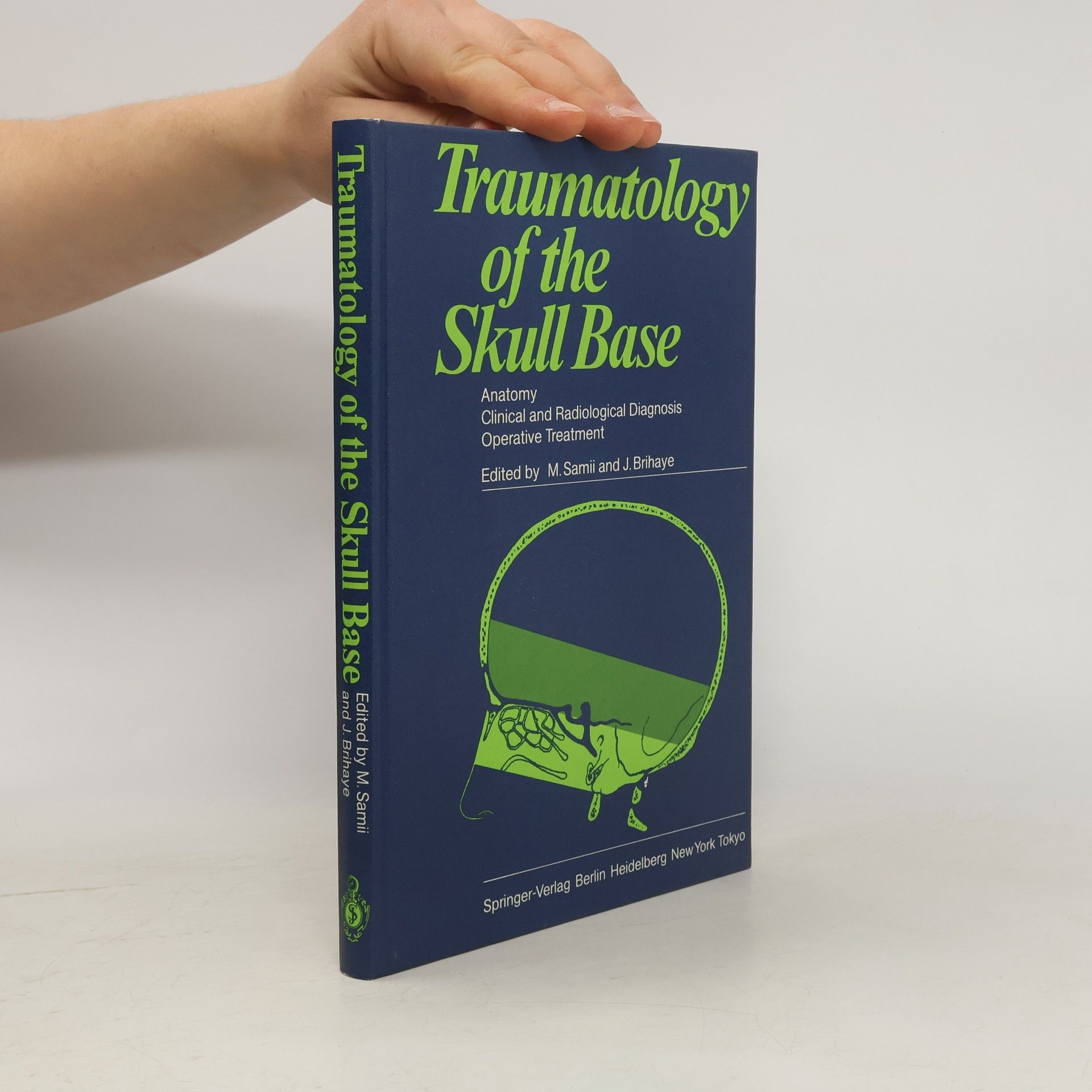As a result of its structure, the skull base forms a borderline between different medi cal and surgical specialties. Nevertheless, the pathology of the skull may involve crossing these boundaries. Consequently, treatment may require a multidisciplinary approach with close cooperation between different specialists, each with his specific knowledge and capabilities. A good example is the cooperation needed in the treat ment of skull base trauma. The Skull Base Study Group was founded some years ago in view of this situa tion. Its purpose is to organize international conferences on topics related to skull base pathology. The first was held in June 1982 and focused on the area of trauma tology. The present volume contains articles written by the highly qualified con tributors to the June 1982 conference, dealing with the anatomical, biomechan ical, and neuroradiological aspects of skull base fractures and their consequences in neurologic and vascular dysfunction and deficits. Many authors from Europe and abroad have contributed to the high standard of this book. I would like to congratulate the Editors on the publication of this volume. It contains many important and interesting aspects of particular value to all medical and surgical specialists working in or on one of either sides of the skull base.
J. Brihaye Bücher
